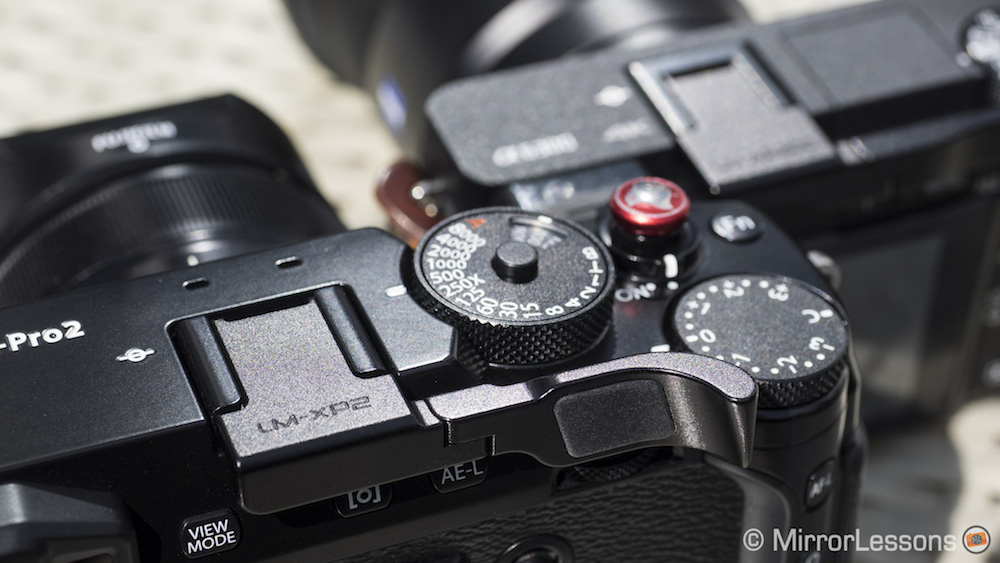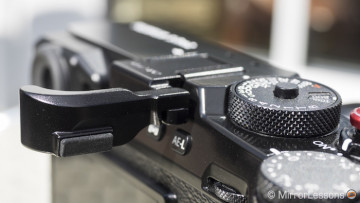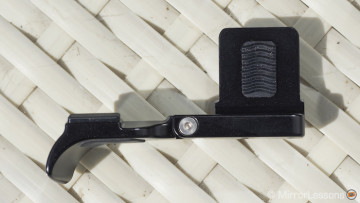Some accessories are essential, others simply make our lives easier. In this article, we’ll be talking about an accessory that, while far from indispensable, can make your shooting experience much more comfortable with camera bodies that don’t have an ideal grip.
The Lensmate thumb rest has been designed to improve your camera’s handling, increase your stability especially at slower shutter speeds and facilitate one-handed operation. It doesn’t require any assembly – just slide it into your camera’s hot shoe and you’re good to go.
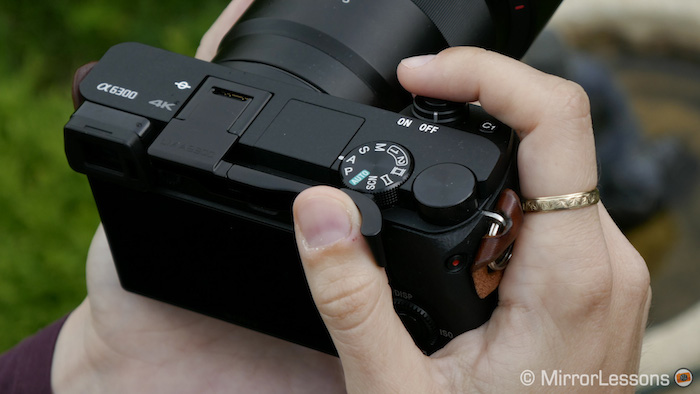
Constructed from solid aluminium rod that has been anodised for a tough finish, the thumb rest has been built to last a lifetime. Plus, each model in the Lensmate collection has a camera-specific design. In some cases, they are such a perfect fit that they look like part of the camera!
Silicone is a key component to the Lensmate thumb rest, used in three points around the unit.
It serves as a buffer between the thumb rest and camera body, is used as padding for the thumb, and prevents the hot shoe tab from slipping out of the hot shoe during a shoot.
The company’s two most recent units, the LM-XP2 and LM-A6300, are for the Fujifilm X-Pro2 and the Sony a6300 respectively. We’ve been using and enjoying both on our copies of the cameras, and felt they deserved a mention.
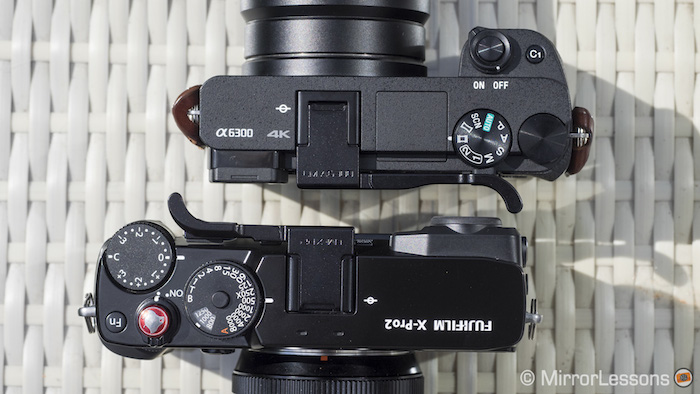
The X-Pro2 Thumb Rest
To be honest, the X-Pro2 already has a pretty good grip of its own. Because it is one of the larger Fujifilm cameras, there is a lot to grab onto, and the front and rear grip has been constructed in such a way that you don’t have any fear of dropping it with small to medium sized lenses.
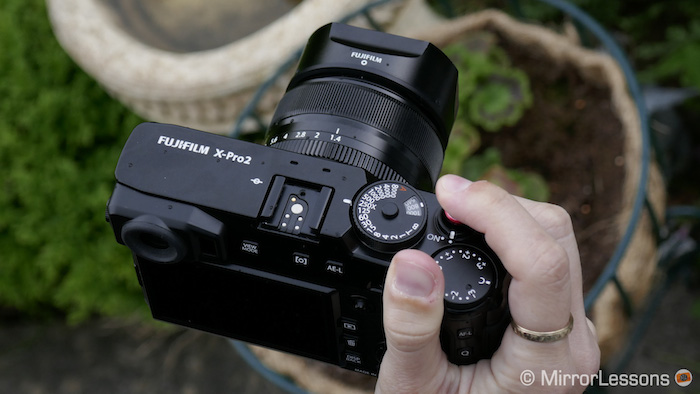
The benefit of the Lensmate thumb rest reveals itself when you mount larger lenses to the camera, such as the XF 50-140mm or the XF 100-400mm. It provides that extra support and security without adding any bulk to the camera body as an external grip would. Yes, it does occupy the hotshoe, which can be annoying if often you use flash or other accessories, but it is a boon for street photography, sports or wildlife.
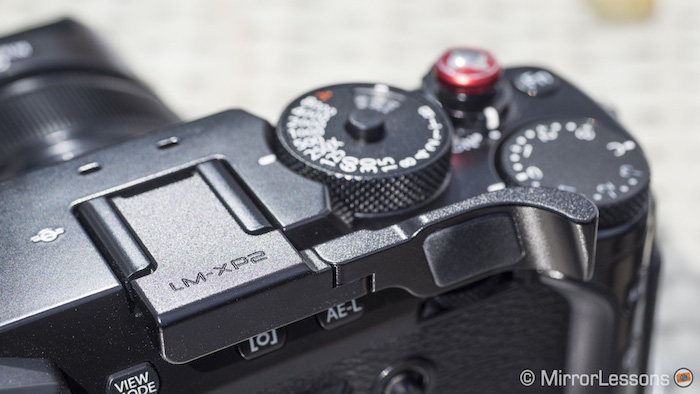
Since the thumb rest blocks access to the ISO dial and to some extent the exposure compensation dial, it has been designed with a hinged mechanism that swings out 40° from the camera body. This contrasts with other thumb rests that are fixed, such as the one for the X100T. Moving the thumb rest in and out of place is quick and intuitive, and doesn’t slow down the shooting experience.
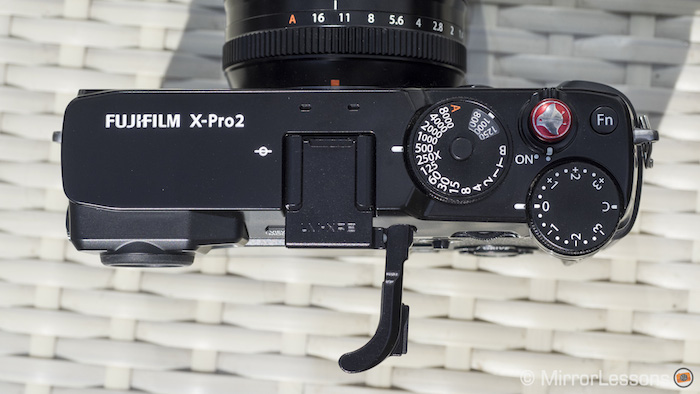
The a6300 Thumb Rest
The thumb grip for the a6300 is longer than that of the X-Pro2 but features the same hinged design. This has been done to provide easy access to the mode dial which would be impossible to use if the thumb rest were fixed. The silicone buffer rests directly on the mode dial, so the thumb rest never comes into contact with the camera body. It is very easy to flip it out and does not interfere with any of the camera’s moving parts, such as the tilting LCD or the pop-up flash.
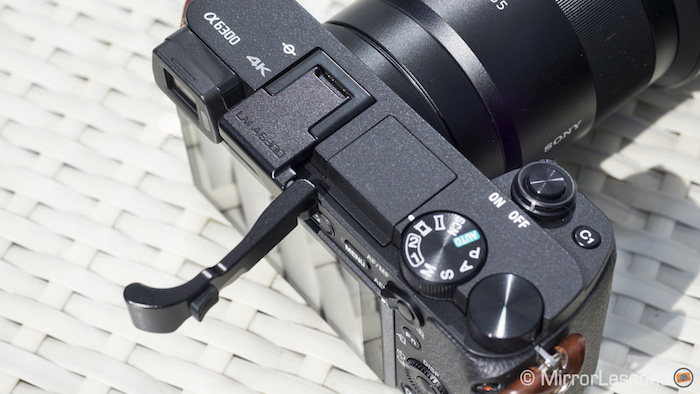
Even more than the X-Pro2, it is the a6300 that benefits from this extra support, especially if you consider that many of the latest lenses for the E-mount have primarily been designed for Sony’s full-frame cameras and are therefore quite large and heavy. Also important is the fact that the a6300 is a sports camera, so it is likely you’ll be using it with large telephoto lenses – another reason to have that extra support.

Conclusion
I admit that thumb rests like those from Lensmate are a far cry from being “must-have” accessories, and that some cameras can benefit from the extra support more than others. That said, it is good to know that you can improve your camera’s ergonomics in ways that don’t involve the extra bulk and weight of vertical and battery grips.
Speaking strictly about these two specific models, I would highly recommend the a6300 version simply because it gives you the extra support you need to shoot with telephoto lenses. As for the X-Pro2, it isn’t as necessary because the grip is already good and you’ll be more likely to use small to medium sized primes for street and documentary photography with this camera anyway.
